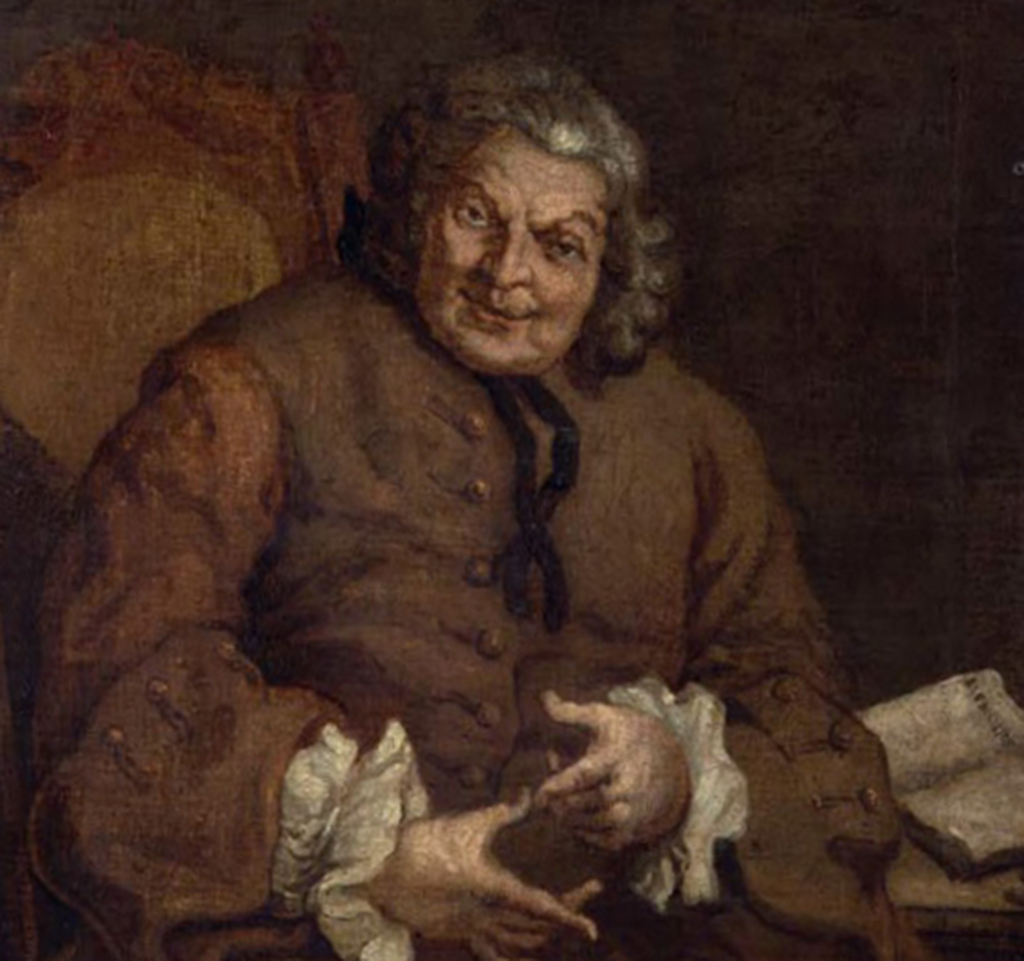Was Lady Grange kidnapped by her own husband and sent into exile on St Kilda because she was ‘mad’ or knew too much?
When completing their tour of the Western Isles, Dr Johnson and James Boswell made a point of discussing the extraordinary circumstance of an unfortunate woman, ‘The Prisoner of St Kilda’.
The woman in question was Lady Grange, and her fate was to be kidnapped from her Edinburgh home and carried off to the Outer Hebrides before finally ending up buried on the Isle of Skye fifteen years later, never having seen her home again.
Ever the wit, Johnson made the point that ‘if M’Leod [the Lord of the Isles] would let it be known that he had such a place for naughty ladies, he might make it a very profitable island.’
But was Lady Grange really a ‘naughty lady’ sent into exile because of her drunkard behaviour, or was she a political prisoner who knew too much about her husband’s possible involvement in the Jacobite cause? Born in roughly 1679, Lady Grange began life as Rachel Cheisley, the daughter of John Cheisley of Dalry, a minor member of the Scottish gentry and a convicted murderer.
This stain of familial violence was later applied to Rachel herself. Indeed it was claimed she only managed to marry James Erskine, second son of the Earl of Mar and later Lord Grange, in around 1705 because she threatened to become a murderer herself. An 1834 collection of her husband’s diaries notes that, after the likelihood of pre-marital sex between the pair, Rachel ‘adroitly brought matters to a crisis by presenting a pistol to her lover and bidding him remember that she was a daughter of John Chiesley of Dalry’.
The event is described as highly unlikely by Margaret Macaulay in her work The Prisoner of St Kilda, but the reputation of Lady Grange as an unhinged beauty stuck.

Lady Grange was known as a great beauty with a fiery temper
As for the marriage, Macaulay paints a miserable picture, with the pair eventually legally separating in 1730 after 25 years and nine children.
The fallout would see Rachel further denounced as a mad drunkard and her unreasonable behaviour was pushed by her husband as the sole reason for the marital breakdown. She was not allowed to see her children and shunned by society. Some stories are likely fabrications, such as the notion that she slept with a razor, but accounts of the time appear to show her harassing and even stalking her estranged husband.
Despite signing a document in which she promised not to ‘sett my Foot within your Doors in Town or Country’, she soon took up residence in Edinburgh, petitioning all and sundry to her plight and trying to catch glimpses of her many children.
But Rachel wasn’t the only one with a damaged reputation and a tarnished family history. Lord Grange’s elder brother, John Erskine, Earl of Mar, had played an active part in the laughable Jacobite rising of 1715, which saw supporters of the House of Stuart attempt to take back the British throne via Scotland.
When the plot collapsed, the Earl was stripped of his title and exiled. The younger Erskine became head of the family after his brother’s disgrace. He was also a prominent judge, at one point holding the post of Lord Justice Clerk. As such, any Jacobite whispers against his name could be hugely damaging, particularly if evidence of them should come to the attention of an aggrieved wife.
No Jacobite mud has ever stuck to James Erskine and it is not certain whether Lady Grange would have known even if it did. But could it be possible that her kidnapping and exile were prompted by something more serious than marital tensions?
The most damning possibility, as outlined by Macaulay, is that incriminating letters came into her hands. These were on the surface simply letters from the wife of the disgraced Jacobite John Erskine, Lady Mar, complaining to her sister-in-law. But it is likely that the letters also contained references to sympathy with the Stuart cause, and named other interested parties including Lord Grange. It is also possible that Rachel was aware of secretive meetings taking place under her nose. After all, there was a hidden entrance to her husband’s study at their marital home.
Whatever the spark of suspicion, Lady Grange booked a place on a coach to London, intending to visit her sister-in-law. Could she be on the way to the capital to discuss the incendiary material contained in the letters?
Whatever the truth, Lord Grange could not afford to have a loose canon in London who could damage his reputation. Remember, Rachel had virtually no reason to protect her husband, still less any of his allegedly treasonous friends. Erskine had no way of knowing what she might reveal, and panic set in.

Simon Fraser Lord Lovat, one of the many nobles who conspired in Lady Grange’s kidnap
At this point Lord Grange could have murdered his wife. It was not so unusual at the time and her unpopularity in Edinburgh society would have made it unlikely for her to be much missed. It has always been offered as testament to his ‘Presbyterian faith’ that he chose to have her kidnapped instead.
On 22 January 1732, Lady Grange was seized from her chambers, bundled into a sedan chair, and swept from the city. The removal was not pretty. As she later wrote ‘they dung out some of my teeth and toere the cloth of my head and toere out some of my hair’.
Lady Grange spent the next two years being moved around the Highlands, often at night and with no idea where she was, before landing at St Kilda in 1734.
Even by the standards of the day, St Kilda was a remote prospect as the most westerly lying island of the Outer Hebrides. Lady Grange had little positive to say about the island, referring to it as ‘stinking poor’. Not speaking Gaelic, she couldn’t talk to the locals and spent her lonely days drinking whisky, sleeping and walking along the beach.
At some point – whether from the fellow inhabitants of the island or increasingly sympathetic jailers – she must have acquired paper, for two letters are known to have made it back to the capital. No punches were pulled – she complained justly of her appalling treatment,
her isolation and her lack of any real crime. When the letters reached Edinburgh, they caused some outrage. Her exact fate had not been generally known and those that were aware of the removal thought her well cared for. Finally, one letter reached the attention of her lawyer, Thomas Hope, and he paid for a rescue expedition out of his own pocket. But the ship, dispatched in February 1741 with over 20 armed men, arrived too late.
Rachel was moved again in 1740 and taken finally, after much meandering across the Hebrides, to the Isle of Skye. There she died in 1745 at the age of 61. It was just a year before the Battle of Culloden, when the Jacobite cause was finally laid to rest, and before she could reveal the true reason for more than ten years of her husband’s cruelty.
(This feature was originally published in 2015)
TAGS

